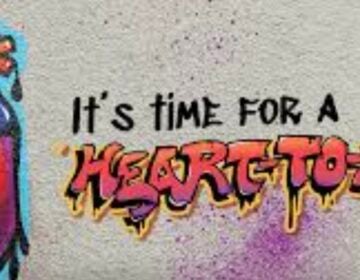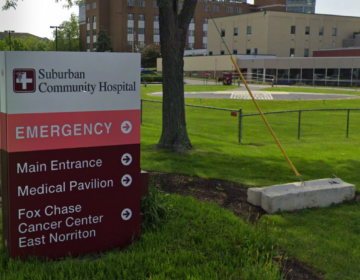Watching fictional violence on TV makes Americans more afraid
-

-

-
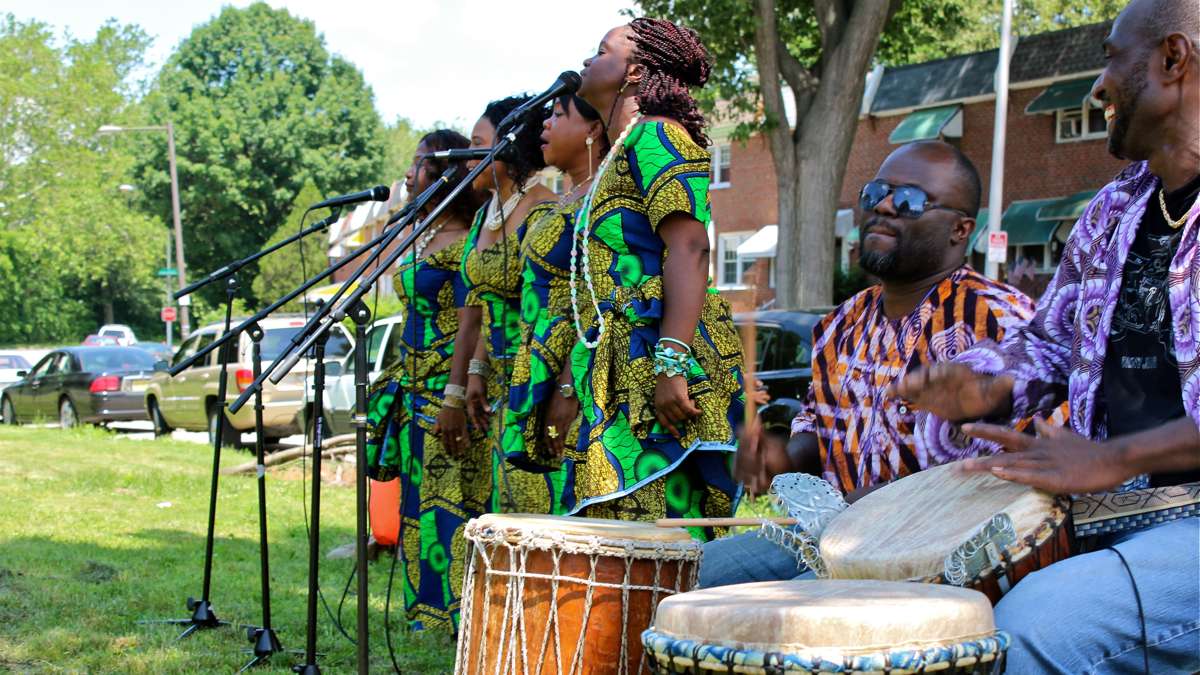
-

-

-

-
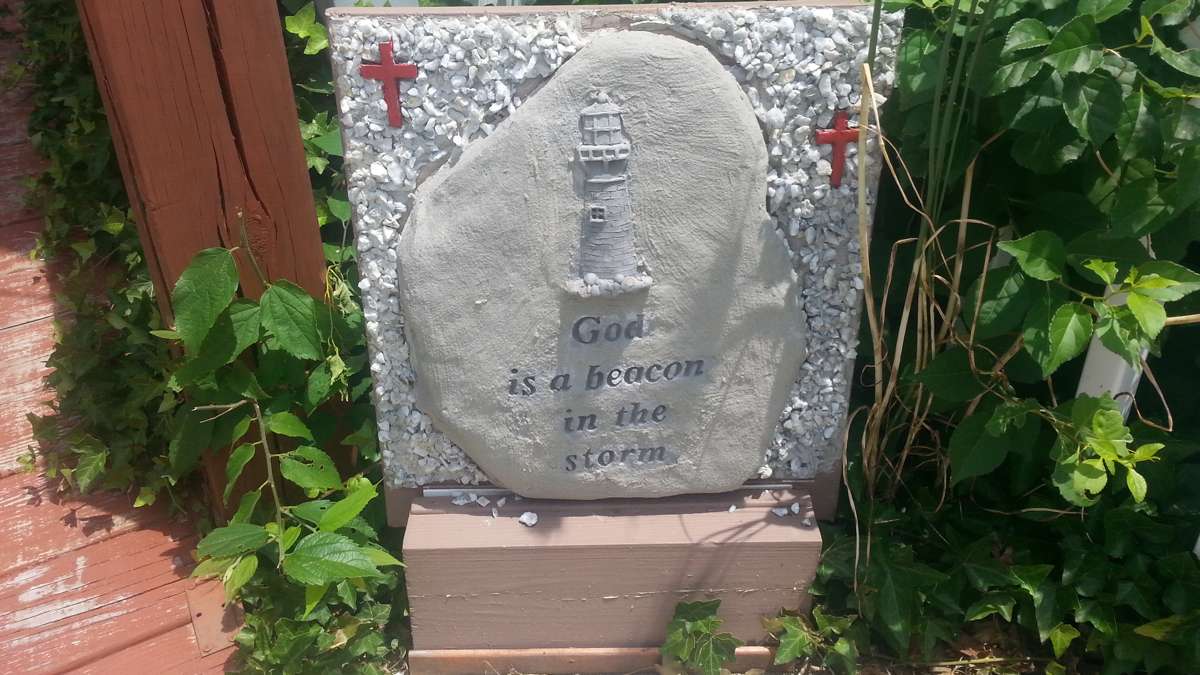
-
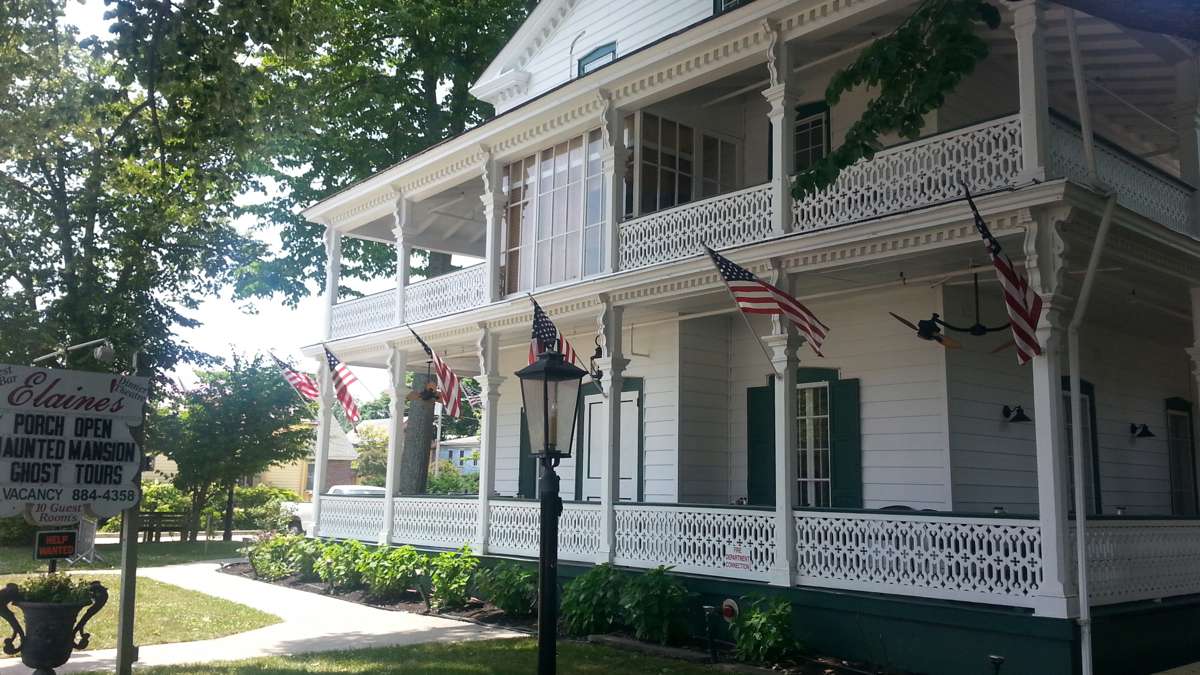
Despite Cape May's long history
-

-
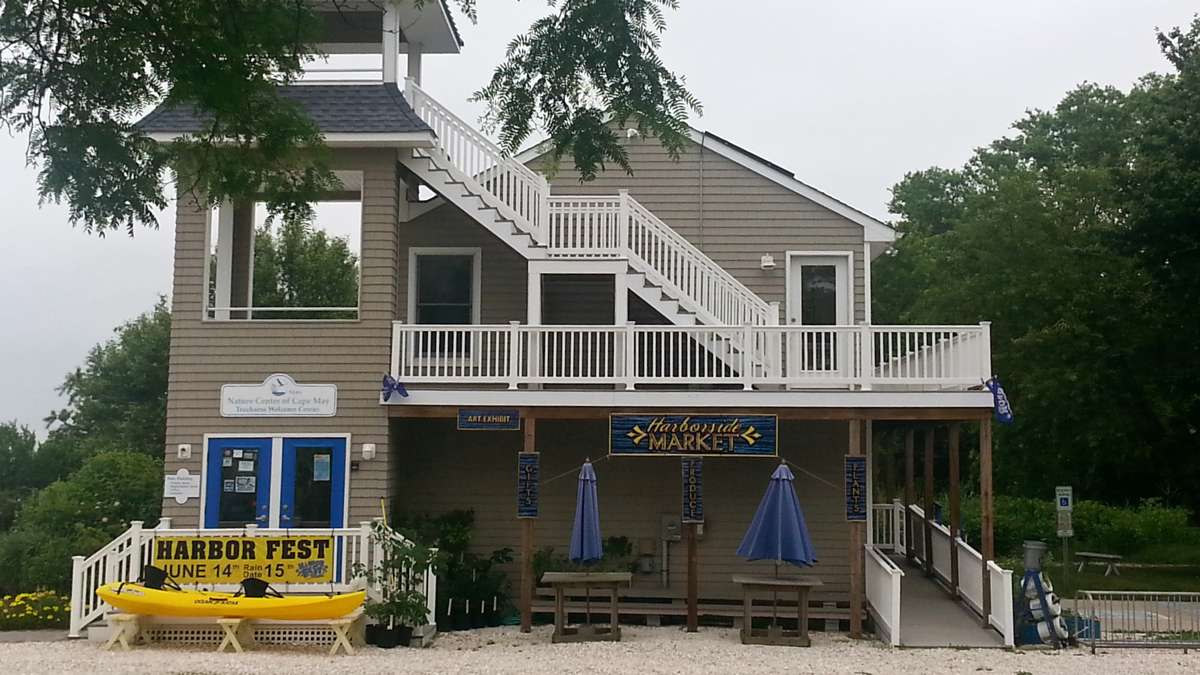
-

-

-
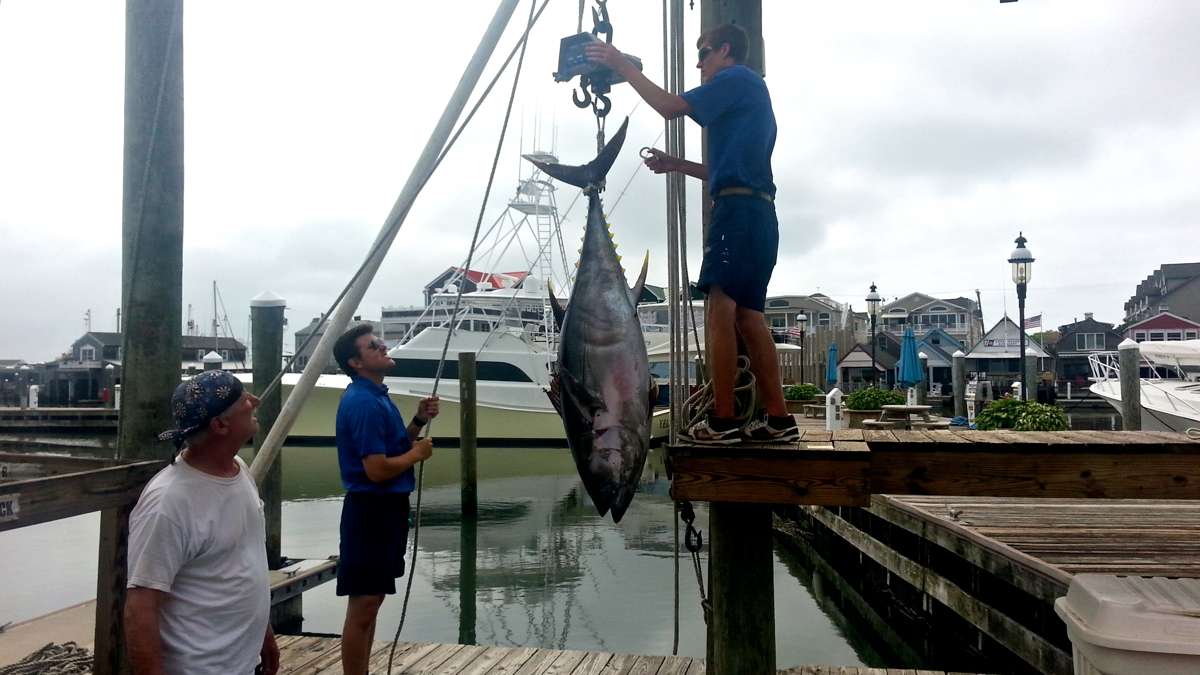
-

A lot of people share the idea that the volume of crime stories on the 6 o’clock news can make viewers more fearful. But what about fictional crime?
Research from the Annenberg Public Policy Center at the University of Pennsylvania suggests the instances of violence on prime-time television shows also affects Americans’ sense of personal safety, at least a little.
Researcher Patrick Jamieson compared the rate of violent scenes on an average hour of television from 1972 to 2010 with the responses, over time, to the Gallup poll question: Are you afraid to walk alone in your neighborhood at night?
“Fictional TV, prime-time dramas predict […] fear,” Jamieson said.
As the rate of violent incidents in the average hour of TV went up, so did the percentage of people who say they’re afraid to be out after dark. When the rate went up by one violent incident, 1 percent more people said they were afraid.
That’s not a huge change, Jamieson acknowledged, but “it applies to the whole nation, which is 300 million people.”
The rate of violent incidents in an hour of TV was highest in 1972 at 6.5, before dropping to 1.4 in 1996. Even though actual crime rates have gone down since the 1990s, the number of violent scenarios on television rose to 3.7, along with the fears of viewers. The next obvious question — does the shadow of “Law & Order” violence loom larger for residents of New York City where the show is set? That’s the next area researchers will explore, Jamieson said.
WHYY is your source for fact-based, in-depth journalism and information. As a nonprofit organization, we rely on financial support from readers like you. Please give today.


